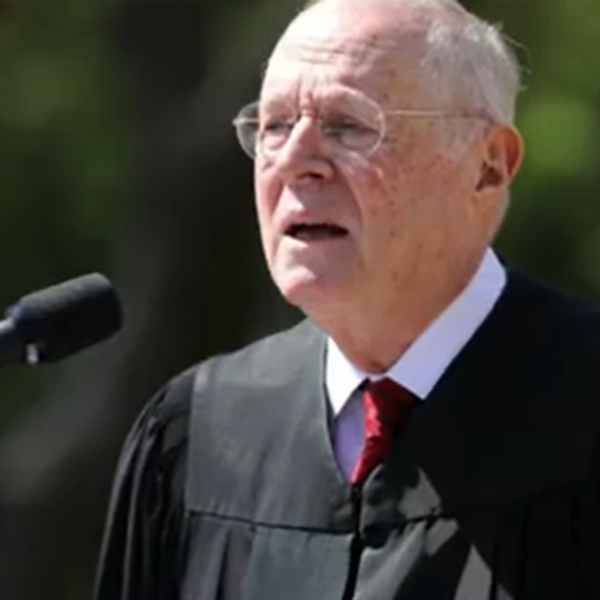
On Monday morning, the Supreme Court decided in the case of Evenwel v. Abbott, in a unanimous 8-0 vote, that “one man, one vote” should be interpreted to mean that political power is apportioned per person, as opposed to per eligible voter. The ruling is a huge win for Democrats, who would have seen their legislative power nosedive should redistricting processes in Republican-controlled legislatures have been allowed to discount non-voters.
Interpreting “one man, one vote” to mean that every person in a given district should be counted has historically been the law. But two plaintiffs from Texas sought to change it to reflect the fact that, while two voting districts may have an equal number of people in them, they may have wildly different numbers of eligible voters.
This, of course, had some huge partisan implications: voting rights are taken away from felons for life, in many states, and efforts to suppress voter turnout through voter ID laws and other restrictions have typically worked to marginalize Democrats.
With Monday’s ruling, all eight sitting justices affirmed the current interpretation of “one person one vote,” which takes into account every person living in a legislative district, and ensures that representation is determined by the total population of a given district, and not simply the number of voters in it.
The ruling could have profoundly affected the future design of legislative districts, which will continue to be drawn by counting every person in them, regardless of their voting status.
For the majority, Ruth Bader Ginsburg wrote that, “Adopting voter-eligible apportionment as constitutional command would upset a well-functioning approach to districting that all 50 States and countless local jurisdictions have followed for decades, even centuries.”
Election law experts seemed to expect the court would rule as it did. Rick Hasen of electionlawblog.org wrote that “Justice Ginsburg’s opinion holds that districting using total population was consistent with constitutional history, the Court’s own decisions, and longstanding practice.”
Photo: The U.S. Supreme Court building is seen in Washington, March 16, 2016. REUTERS/Jim Bourg








